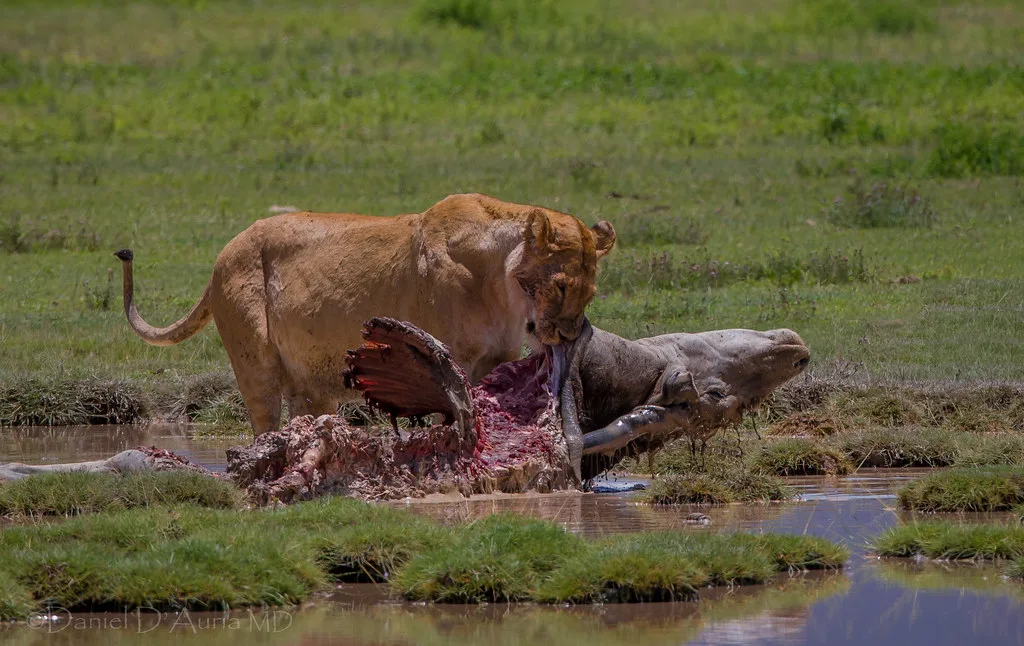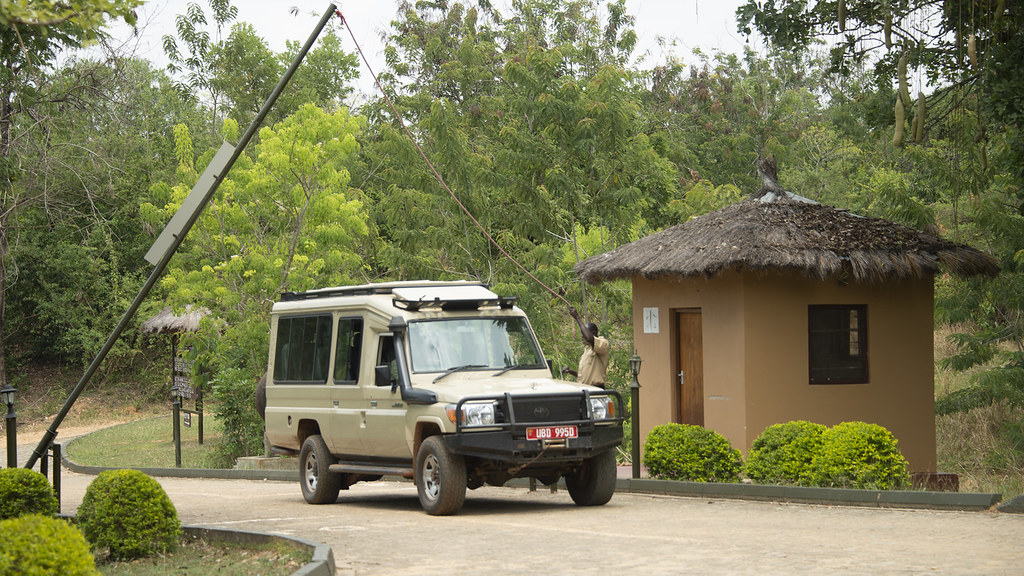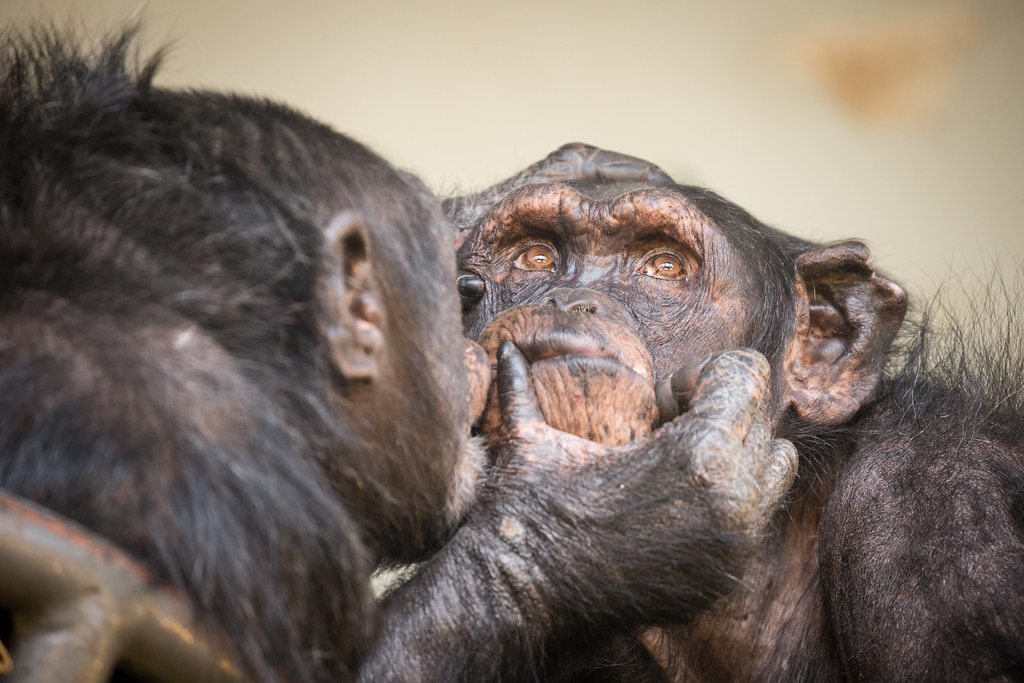Discover the Big Five Animals In East Africa: Lion, Leopard, Rhino, Elephant & Buffalo.
Going on safari in East Africa is a dream come true for many, and nothing defines that experience more than seeing the Big Five Animals in East Africa. These creatures are more than just wildlife, they’re living symbols of Africa’s wild soul, each one carrying its own myth, majesty, and mystique. But there’s more to the Big Five than just ticking them off a list. To truly appreciate them, you need to understand their world: where they live, how they survive, what they eat, and how they fit into the ecosystem.
Let’s dive deep into the Big Five and a few of their heavyweight cousins you’re likely to encounter on your East African safari.

What Are the Big Five Animals in East Africa?
Originally coined by colonial-era hunters, the term “Big Five” referred to the five most dangerous animals to hunt on foot. Today, the term is proudly used by wildlife enthusiasts, safari guides, and conservationists to celebrate Africa’s most awe-inspiring animals: African Lion, African Leopard, African Elephant, Cape Buffalo, Black Rhinoceros.
Let’s look at each one in detail.
African Lion – The Social King of the Savannah
Habitat: Lions are found in savannahs, open grasslands, and dry woodlands across East Africa. Prime locations include the Serengeti (Tanzania), Maasai Mara (Kenya), and parts of Tsavo and Lake Manyara.
Size & Appearance: Adult males can weigh up to 250 kg (550 lbs) and measure up to 3 meters (10 feet) long including the tail. Males sport a distinctive mane, while females are slightly smaller and sleeker.
Behavior: Lions are the only big cats that live in social groups, called prides, typically composed of several related females, their cubs, and one or more dominant males. They’re both territorial and cooperative, with hunting often done in groups.
Diet: Lions are apex predators, primarily hunting zebras, wildebeest, antelope, and sometimes buffalo. They also scavenge when the opportunity arises.
African Leopard – The Elusive Master of Stealth
Habitat: Leopards are incredibly adaptable and found in a wide range of habitats—from rainforests and mountains to savannahs and riverine woodlands. In East Africa, look for them in the Serengeti, Maasai Mara, and Lake Nakuru National Park.
Size & Appearance: Leopards are stocky and muscular, weighing 30–90 kg (66–200 lbs), with a body length of about 1.5 meters (5 feet). Their golden coats are covered in dark rosettes—perfect camouflage in dappled light.
Behavior: Solitary and nocturnal, leopards are rarely seen during the day. They’re expert climbers and often drag prey into trees to avoid scavengers like hyenas.
Diet: Leopards have a diverse diet and are opportunistic hunters. They feed on monkeys, antelope, warthogs, and even birds. Their ability to adapt makes them one of Africa’s most successful predators.
African Elephant – The Gentle Giant of the Wild
Habitat; Elephants thrive in savannahs, woodlands, and wetlands. They’re commonly seen in Amboseli, Serengeti, Tarangire, and Murchison Falls National Park.
Size & Appearance: The African savannah elephant is the largest land animal on earth. Bulls can weigh up to 6,000 kg (13,000 lbs) and stand 3.5 meters (11.5 feet) tall at the shoulder. Their large ears help regulate body temperature, and their trunks are marvels of strength and precision.
Behavior: Highly intelligent and emotional, elephants live in close-knit family groups led by a matriarch. They display empathy, mourn their dead, and have excellent memory.
Diet: Elephants are herbivores, consuming up to 300 pounds of vegetation per day, including grass, bark, fruit, and leaves.
Cape Buffalo – Africa’s Most Unpredictable Beast
Habitat:Buffalos inhabit grasslands, wetlands, and forest edges, especially near water. Common sightings occur in Lake Nakuru, Ngorongoro Crater, Queen Elizabeth National Park, and across the Serengeti–Mara ecosystem.
Size & Appearance: Stocky and muscular, Cape buffalos can weigh 500–900 kg (1,100–2,000 lbs). Both males and females have thick, curved horns.
Behavior: They are highly social and live in large herds. Despite their calm appearance, buffalos are unpredictable and responsible for more human deaths in Africa than any other large animal.
Diet: Buffalos are grazers, feeding mostly on grasses and sedges. They need regular access to water.
Black Rhinoceros – The Rare and Resilient Survivor
Habitat: Rhinos are most commonly found in protected reserves like Ngorongoro Crater, Lake Nakuru, and Ziwa Rhino Sanctuary in Uganda.
Size & Appearance: Black rhinos weigh around 800–1,400 kg (1,800–3,100 lbs). They are smaller than white rhinos and have a hooked upper lip suited for browsing shrubs and trees.
Behavior: Solitary and shy, black rhinos are often seen alone. They’re territorial and can be aggressive when threatened.
Diet; Rhinos are browsers, feeding on shrubs, bushes, and leafy plants rather than grass.
Explore some of our popular safaris with Big Five Animals in East Africa.
- 14 Days Rwanda, Uganda & Tanzania Safari
- 26 Days Africa Safari to Uganda, Tanzania & Zanzibar
- 8 Days Luxury Gorilla Trekking & Nile River Uganda
Other Big Animals to Spot in East Africa
While the Big Five are the stars of the show, East Africa is home to many other incredible large animals you’ll almost certainly encounter:
Giraffe: The world’s tallest animal, with males reaching 5.5 meters (18 feet). They graze on acacia leaves using their long tongues and are often seen gracefully walking through the savannah.
Hippopotamus: Semi-aquatic and often seen in lakes and rivers like the Mara River, hippos are extremely territorial in water but graze on land at night.
Cheetah: While not part of the Big Five, cheetahs are breathtaking. Known for their speed—up to 112 km/h (70 mph)—they prefer open plains and hunt by sight and speed.
Nile Crocodile: Found in rivers and lakes, particularly in the Nile Basin, these ancient reptiles are apex predators in aquatic environments.
Zebra & Wildebeest: Though common, they play a vital role in the ecosystem and are central to the Great Migration, one of the most spectacular wildlife events on Earth.
Best Parks for Big Five Animals in East Africa
The Big Five: lion, leopard, elephant, buffalo, and rhinoceros represent the pinnacle of African wildlife encounters. East Africa, known for its dramatic landscapes and thriving ecosystems, is home to some of the finest safari parks on the continent where you can see these iconic species up close. Here are the top destinations where a luxury safari meets unforgettable Big Five viewing:
Serengeti National Park, Tanzania
Best for: Classic Big Five sightings & Great Migration
A UNESCO World Heritage Site, the Serengeti is East Africa’s safari crown jewel. Known for its sweeping plains, high predator density, and the annual Great Migration, it’s one of the best places to see lions, elephants, and buffalo in vast, open landscapes. While rhino sightings are rare and mostly confined to the northern regions, luxury camps and private conservancies offer intimate, crowd-free experiences and exceptional guiding.
Maasai Mara National Reserve, Kenya
Best for: Leopard sightings & luxury lodges with river views
Renowned for its big cat population, the Mara delivers consistent leopard and lion encounters especially during the Great Migration when prey animals cross the Mara River. Rhino sightings are possible in specific areas, and elephants and buffalo are seen daily. Exclusive conservancies bordering the reserve provide luxury tented camps, night drives, and off-road access for closer wildlife viewing.
Ngorongoro Crater, Tanzania
Best for: High chance of seeing all Big Five in one day
This ancient volcanic caldera is a natural amphitheater teeming with wildlife. Thanks to its enclosed environment and rich grazing land, Ngorongoro offers one of the highest concentrations of Big Five animals in East Africa—including rare black rhinos. Because of its compact size, it’s one of the few places where you have a real chance to see all five in a single day without sacrificing luxury, thanks to elegant lodges perched on the rim.
Lake Nakuru National Park, Kenya
Best for: White rhino sightings & birdwatching
Lake Nakuru is a smaller park but a standout for one key reason: it’s one of the best places in East Africa to reliably see both white and black rhinos. The park is also home to lions, leopards, buffalo, and large herds of plains game. Surrounded by acacia forests and the shimmering lake famous for flamingos, it offers a different kind of beauty perfect for photographers and bird lovers alike.
Murchison Falls National Park & Ziwa Rhino Sanctuary, Uganda
Best for: Unique landscapes & combining game drives and boat safaris
While Murchison Falls is not traditionally associated with all of the Big Five (rhinos are absent in the park), you can still see lions, elephants, leopards, and buffalo especially along the Nile Delta. For a full Big Five experience, combine it with a visit to Ziwa Rhino Sanctuary, the only place in Uganda where rhinos have been reintroduced. Luxury river lodges, private boat cruises, and the thunderous Murchison Falls add a dramatic flair to the safari experience.
Tips for a Successful Big Five Safari
Spotting Africa’s legendary Big Five: lion, leopard, elephant, rhino, and buffalo is one of the most rewarding wildlife experiences you can have. But a truly successful safari isn’t just about checking off sightings; it’s about the quality of the encounter, the care taken to preserve the environment, and the stories you bring home. Here’s how to make the most of your Big Five safari, especially if you’re traveling in style.
Travel in the Dry Season for Prime Wildlife Viewing
The best time to see the Big Five is during the dry months: June to October and January to February. With less vegetation and scarce water sources, animals tend to gather around rivers and waterholes, making them easier to find. Clear skies and fewer mosquitoes also make this the most comfortable season for travel and photography.
Choose an Experienced, Local Safari Guide
A knowledgeable guide can make or break your safari. The best guides understand animal behavior, know where specific species tend to roam, and can interpret subtle signs—like fresh tracks or alarm calls—that lead to unforgettable encounters. On a luxury safari, you’ll often have access to top-tier naturalists and trackers who can get you closer to elusive animals while ensuring your safety and comfort.
Patience is Key: Especially for Elusive Animals
Not every safari drive leads to a lion kill or a perfect leopard pose in a tree. Patience is your best ally, especially when tracking animals like rhinos, which tend to be more solitary, or leopards, which are notoriously secretive. Taking your time not only improves your chances but also allows you to enjoy the rhythm of the bush—the birdsong, the shifting light, the small but fascinating details that make up the whole safari experience.
Respect Nature: Ethical Travel Matters
True luxury lies in responsible, low-impact travel. Stay on designated paths, never harass animals for a photo, and avoid single-use plastics where possible. Many high-end safari lodges in East Africa are deeply committed to conservation and community-based tourism. By following ethical guidelines and supporting these operators, you’re helping to protect endangered species and preserve wild spaces for future generations.


